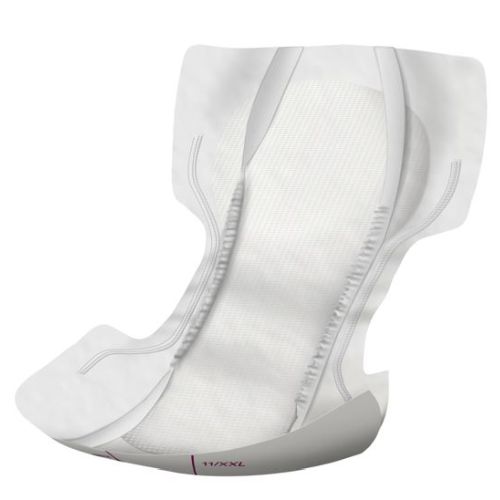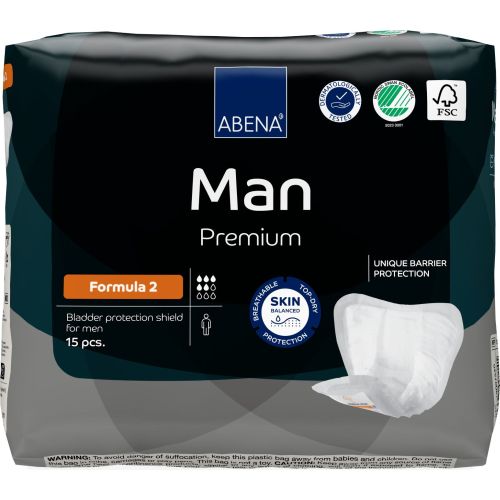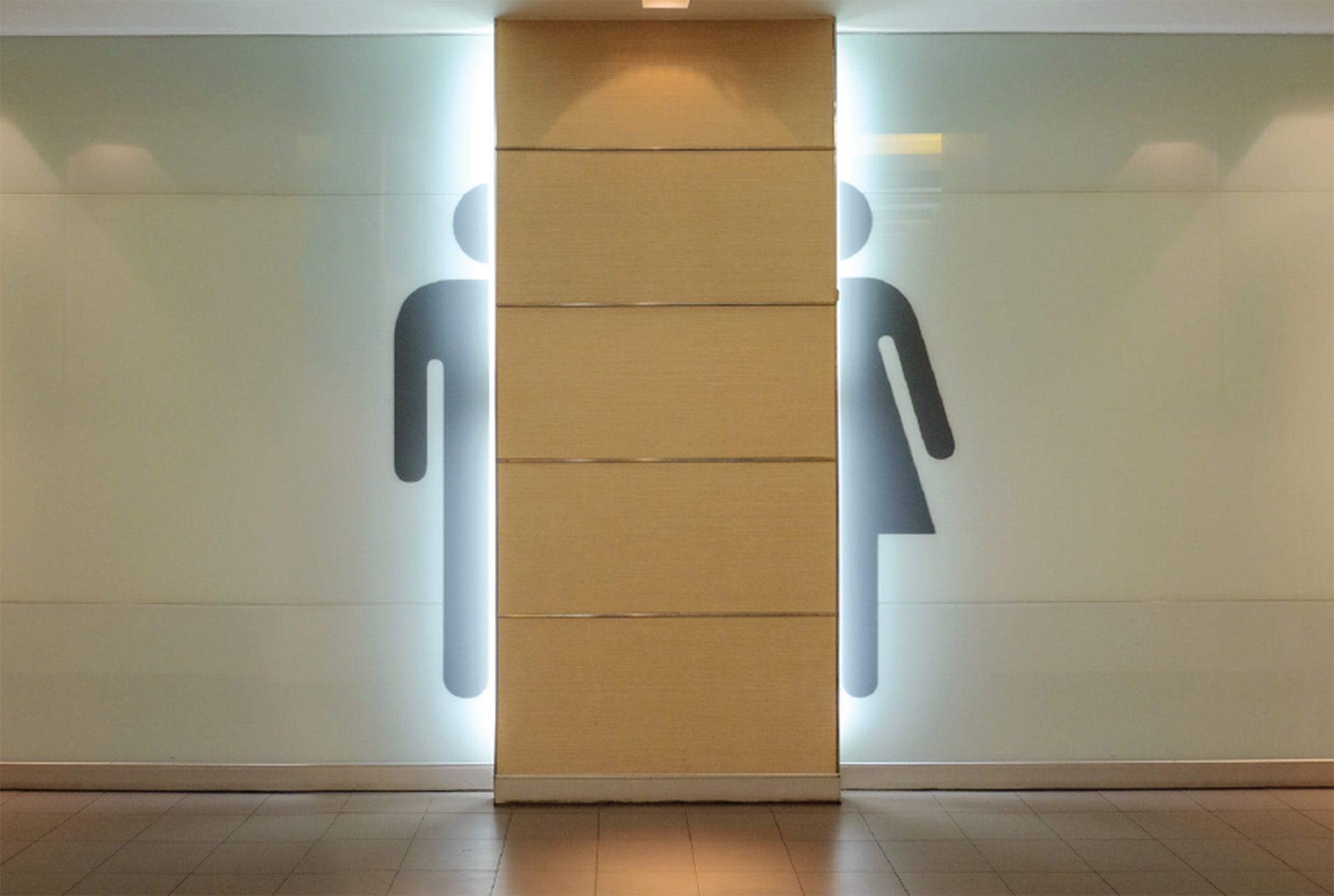Incontinence in men is a lot more common than people think. It’s estimated that 1 in 5 men will experience incontinence at some point in their lives, and over 2.4 million Australian men are currently living with it. While most sufferers are older than 65, younger men can also experience involuntary loss of urine and faeces for several reasons.
What causes incontinence in men?
Incontinence in men is most often caused by benign enlargement of the prostate, but it can also result from medication use, urinary tract infections, or post-surgical complications. Prostate conditions are the leading cause, particularly among older men.
The most frequent types of male incontinence are dripping and overflow incontinence. Overflow incontinence occurs when prostate growth puts pressure on the urinary passage, preventing normal emptying and causing the bladder to eventually overflow. Stress incontinence, which involves leakage during physical exertion, is also common after prostate-related procedures.
Symptoms of Incontinence in Men
Symptoms can vary but may include:
- Needing to urinate more often
- Difficulty starting urination
- Dripping or leakage
Dripping often results from weakened bladder or pelvic floor muscles. In such cases of continued prostate growth, overflow incontinence may develop due to restricted flow and increased bladder pressure.
Prostate problems and incontinence
Over 30% of men aged 65+ experience issues related to prostate health, mainly caused by hormonal changes that lead to non-cancerous enlargement. This can press against the urinary channel, making urination difficult and leading to incontinence.
Male Incontinence and Taboos
Incontinence remains a taboo topic for many men.
- 57% intentionally hide their incontinence from loved ones.
- 50% avoid situations without easy toilet access.
- 28% stay home as a precaution.
- 69% of GPs report that men rarely discuss continence issues during consultations.
Treatment options for incontinence in men
The treatment of incontinence in men depends on the cause of the problem. A trip to the doctor to determine the type of incontinence is essential. Keeping a urinary diary, laboratory examination of the urine and physical examination can help determine a diagnosis.
- Bladder training can help prevent incontinence in men.
- Stress incontinence or exercise incontinence in men can be treated with pelvic floor exercises and physiotherapy.
- An adapted diet can make an important different. Excess weight can make incontinence symptoms worse.
- Drinking alcohol, caffeinated beverages such as coffee and tea, and eating hot peppers can also increase the risk and symptoms of incontinence.
- Pay attention to fluid intake. Not drinking enough can cause too concentrated urine, resulting in an irritated bladder. 1.5 liters to 2 liters of water per day for men is the recommended minimum.
- If pelvic floor exercises do not help and symptoms are severe, surgery may be an option.
- The preferred treatment for (benign) enlargement of the prostate is usually surgery.
Incontinence after prostate surgery
For some types of incontinence and urinary problems in men, a solution may be surgery to remove part of the prostate. After surgery, some men experience temporary stress incontinence. Because a pat of the sphincter muscle is removed during a prostate procedure, it functions less well during the first weeks after an operation. Usually, these problems disappear within a year after surgery. Pelvic floor exercises and pelvic floor physiotherapy can accelerate the recovery.
Product recommendations for men with incontinence
Because many women are used to wearing sanitary pads or liners, wearing incontinence products is often less of a hurdle for women to overcome than men. Although some incontinence products can be worn by both women and men, Abena also has products specifically designed for men. Thanks to the anatomical shape and protection at the front, these incontinence products are specifically designed for men.













